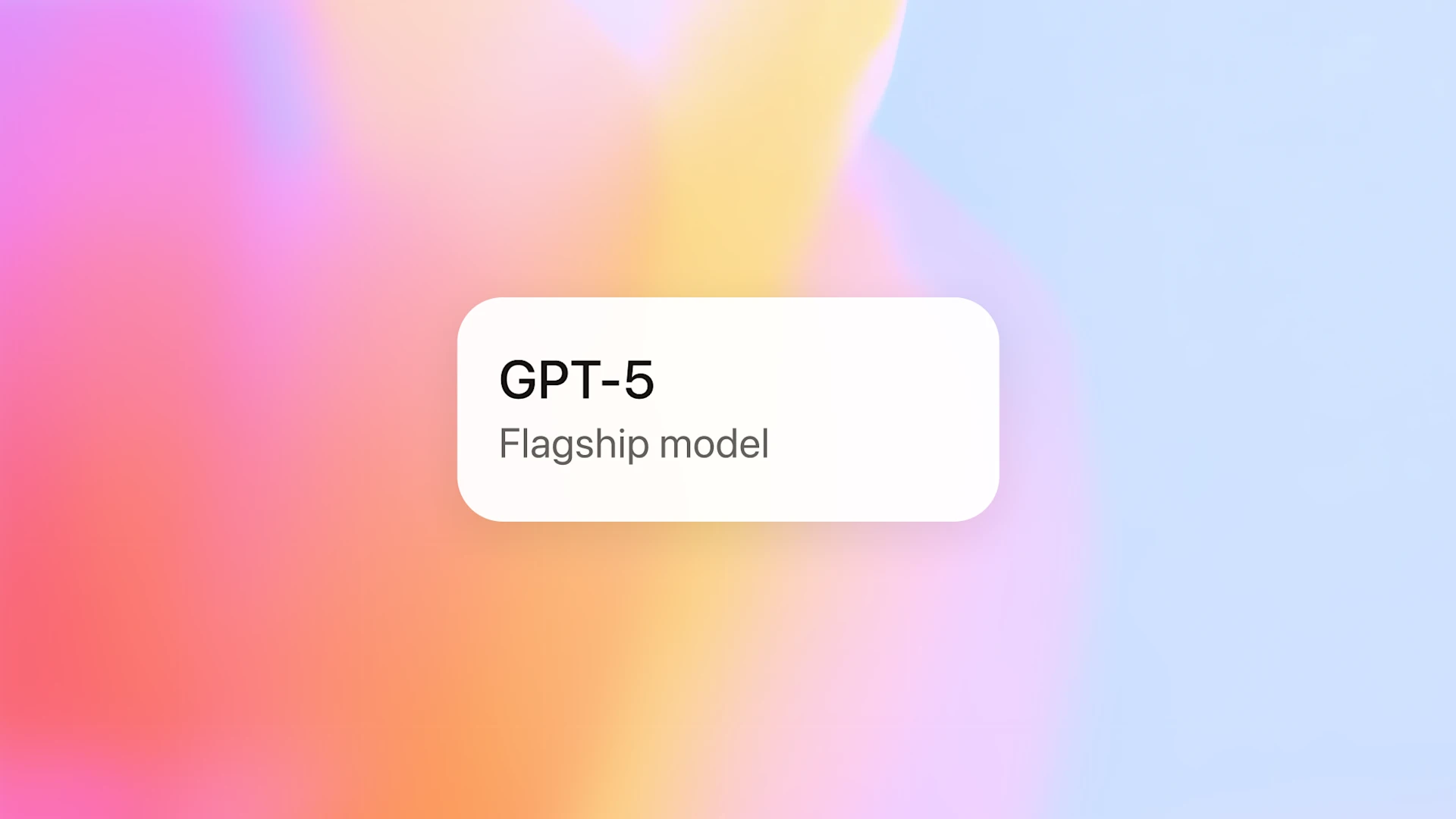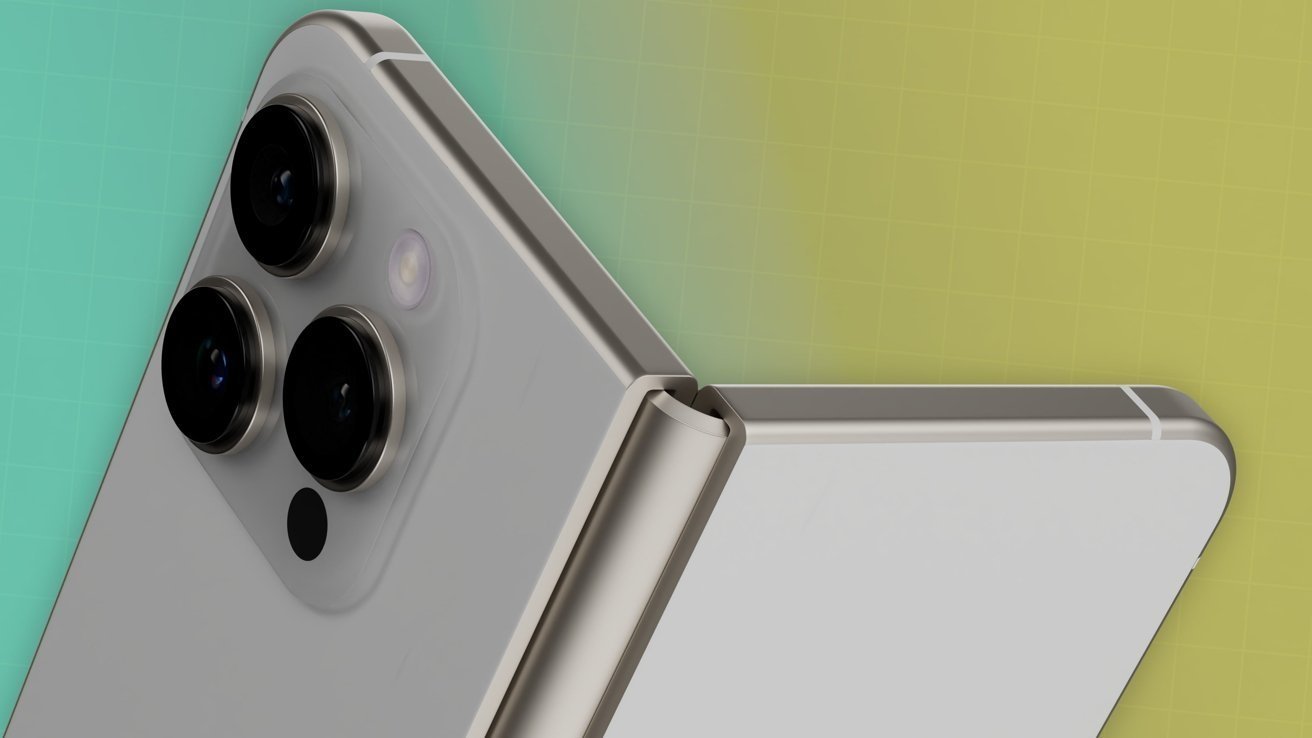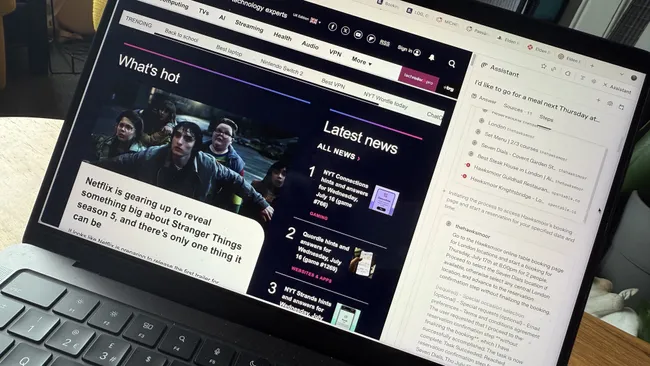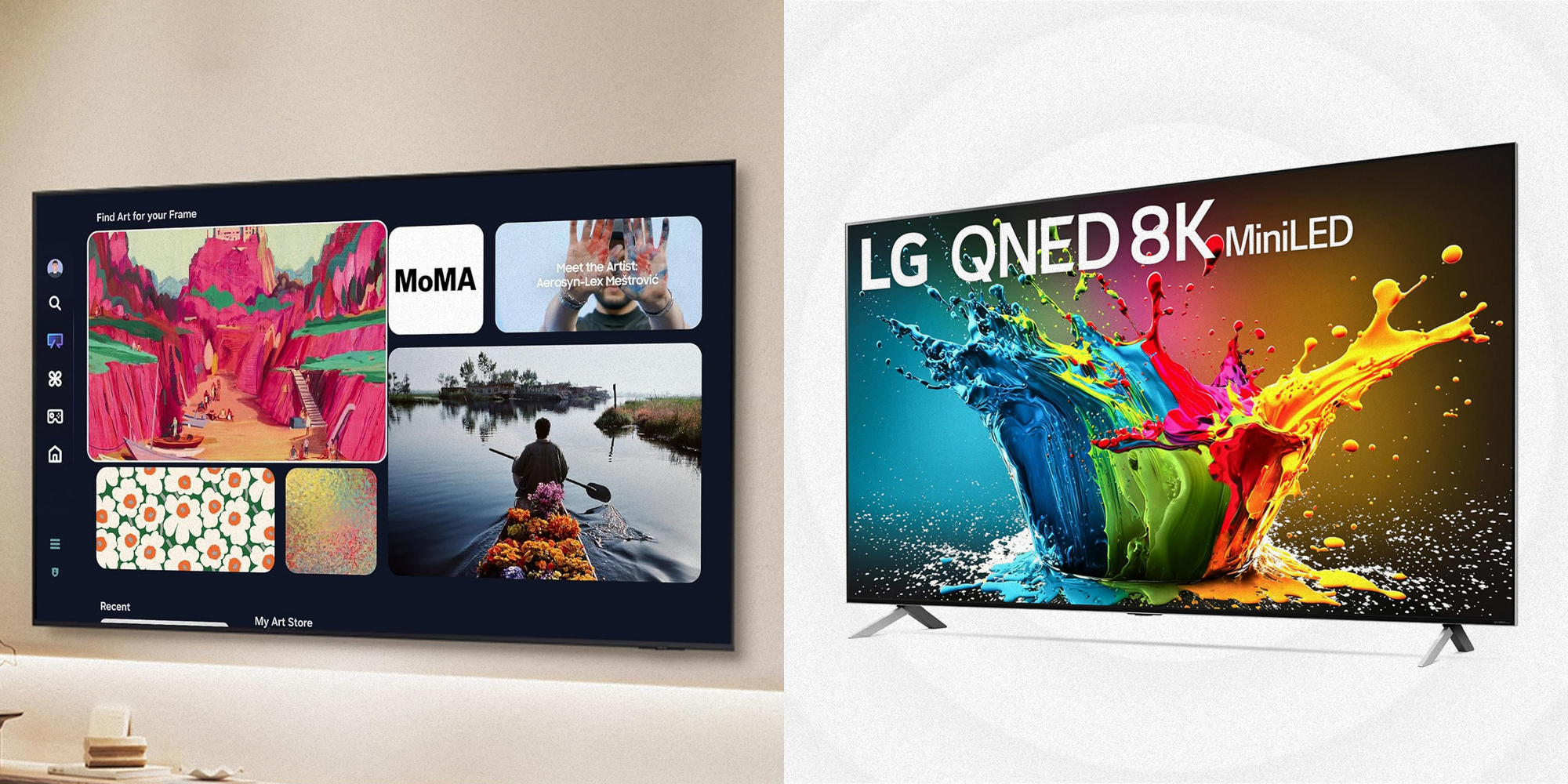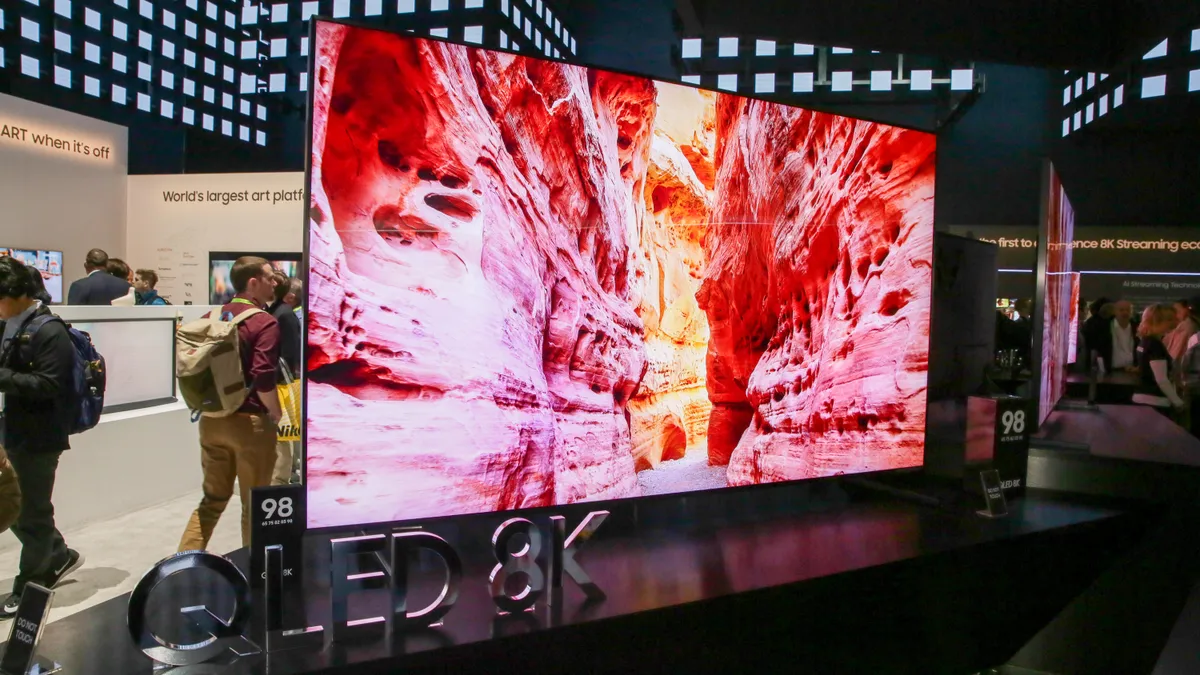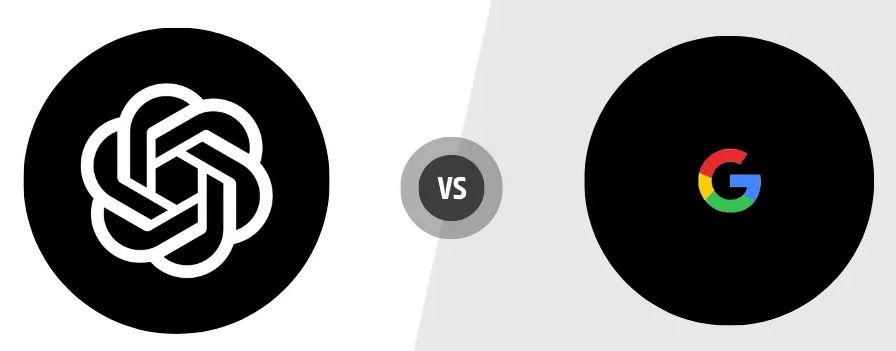
The field of artificial intelligence has witnessed remarkable advancements in recent years, particularly in the realm of natural language processing. Two prominent language models, ChatGPT and Google BARD, have garnered substantial attention for their ability to generate human-like text. In this article, we’ll embark on a journey to understand the nuances and capabilities of ChatGPT and BARD, comparing their approaches, applications, and potential implications.
ChatGPT: The King of Copy
ChatGPT, developed by OpenAI, is a product of the GPT (Generative Pre-trained Transformer) family. It’s designed to engage in text-based conversations, offering dynamic responses that reflect context and context shifts. Powered by massive amounts of training data, ChatGPT relies on a left-to-right context and autoregressive generation, making it adept at generating coherent and contextually relevant text. It is the current best option for a number of situations, as we’ll outline below. Here are some strengths and limitations for ChatGPT:
Good uses for ChatGPT
- Conversational Context: ChatGPT excels in maintaining context within ongoing conversations, making it well-suited for chatbots, virtual assistants, and other interactive applications.
- Flexibility: Its open-ended nature allows it to generate text on a wide range of topics, making it a versatile tool for content creation and brainstorming.
- Integrations: Allows for flexible plug-ins that can be used in a variety of contexts.
ChatGPT Limitations
- Repetition and Inaccuracies: ChatGPT may sometimes produce repetitive or factually incorrect responses, stemming from its reliance on patterns learned during training.
- Sensitivity to Input Phrasing: Slight variations in input phrasing can lead to inconsistent or unexpected responses, potentially requiring proofreading.
- Frequent changes in the platform: Between version 3.5 and 4, which recently released, many users have reported a stark change in the way that ChatGPT responds to prompts. In many cases, the change resulted in lower quality responses.
BARD: Google’s “better late than never” response to ChatGPT
BARD is a large language model developed by Google AI. It is also trained on a massive dataset of text and code, and is able to generate text, translate languages, and answer questions in an informative way. However, BARD has a unique advantage over ChatGPT. BARD is able to access and process information from the internet in real time. This means that BARD can generate more up-to-date and accurate responses than ChatGPT, in some situations.
Good uses for BARD
- Live research: As mentioned, BARD can utilize data direct from Google Search. It can offer responses based on real-time, current events pulled from Google Search—making for a great research tool.
- Can’t beat free: BARD, unlike ChatGPT, is currently completely free, as long as you have access. ChatGPT’s version 4 is behind a paywall, which means you don’t have access to the latest tools.
- A slightly more open ended UI: It’s hard to say that BARD has a better user experience, but it does allow for iterative drafts of responses, which can be helpful. There is a downside, though, which we’ll outline below.
BARD Limitations
- Short term memory: Unlike ChatGPT, which lets you go back to any previously started conversation, BARD doesn’t really store or keep track of your previous conversations.
- There’s power in copying: ChatGPT may not have live data for its responses, but it is a better writer, overall. The chatbot in GPT provides better options for writing because of its statistical understanding of speech.
Related:
Windows 11: Is it time to update?
Ultimately, both ChatGPT and BARD have their uses
ChatGPT and BARD represent two important ways that computers can create human-like language. ChatGPT is good at having interactive conversations and keeping them interesting. BARD, on the other hand, brings something unique by integrating live Google search results directly into its responses. In our testing, we found that there is viability in taking the research-fueled BARD responses and offer them up to ChatGPT for a bit of polish, but results may vary.
These models are getting better all the time, and researchers are working to make them even smarter. In the future, we’ll have even more advanced tools that can generate all sorts of text for different things. This is a journey of constant improvement, moving us towards a time when machines can communicate with us in a way that feels just like humans do.

